Recent Commercial Posts
What is Smoke and Soot Damage?
10/23/2022 (Permalink)
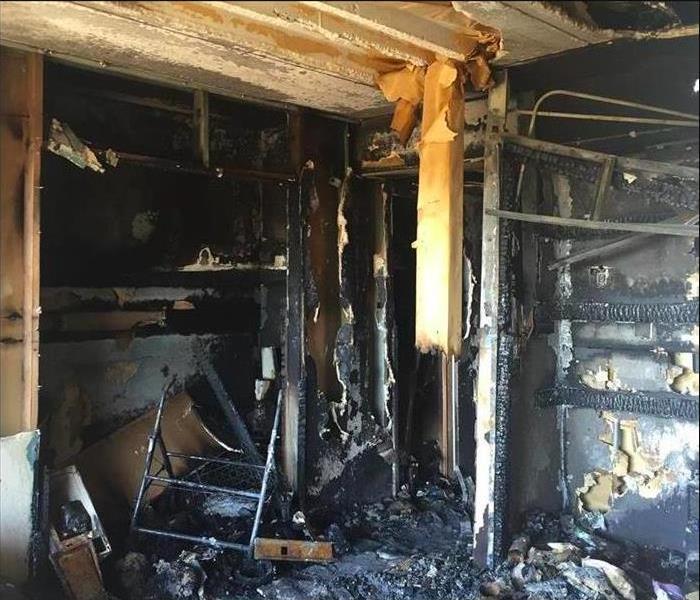 If you have any questions or are in need of emergency fire cleanup services, don’t hesitate and give our SERVPRO team a call today!
If you have any questions or are in need of emergency fire cleanup services, don’t hesitate and give our SERVPRO team a call today!
What is Smoke and Soot Damage?
In the aftermath of a fire on your commercial property in Lakeland, FL, you are going to want a fast and thorough restoration effort performed right away. A professional restoration company like SERVPRO of Lakeland can get your property back to normal quickly. Here's what you need to know about smoke damage, soot damage, and fire damage:
Smoke damage
Smoke damage is caused by the smoke and soot that is produced by a fire. The smoke and soot are released into the atmosphere, where they settle on surfaces in your building. Smoke damage can be caused by a fire that is contained to one room or area, or a fire that spreads throughout the building.
Removing the smoke and smoke odor from your property can be very difficult and often requires professional experience and equipment to be done properly.
Soot Damage
Soot is a byproduct of combustion. It can be caused by many things, including fires, wood stoves and furnaces, candles, and incense burners. Soot is made up of carbon particles that can get trapped in your carpet or on the walls of your business. Its dark color means it can cause damage to property that may not be visible right away but will become apparent over time.
Soot damage can also be cleaned up if you have a professional cleaning service, like SERVPRO of Lakeland, handle it for you.
Fire Restoration Services
If you have fire, soot, or smoke damage in your building, our SERVPRO team can help. Our team is highly trained and experienced in commercial fire damage cleanup and restoration services. Fire, soot, and smoke usually go hand in hand after a loss, and in many cases, it is also common to see water damage present as well. Though this sounds like a never-ending list of damage, it can be comforting to know that our SERVPRO team can take care of it all!
Call SERVPRO today.
At SERVPRO of Lakeland, our team is available 24/7 to help you get your home or commercial space back to normal. We’re a locally owned and operated team of professionals who specialize in all phases of fire and smoke damage repair, including:
- Removing debris
- Inspecting and assessing the extent of the damage
- Repairing structural damage
- Contents Restoration
Conclusion
Even the smallest fire can leave your business with extensive soot and smoke damage that calls for professional expertise to mitigate. We offer the best fire restoration services in the Lakeland area and our technicians are ready to help you get back on track after this unfortunate event occurs. If you have any questions or are in need of emergency fire cleanup services, don’t hesitate and give our SERVPRO team a call today!
3 Professional Smoke Removal Methods
7/19/2022 (Permalink)
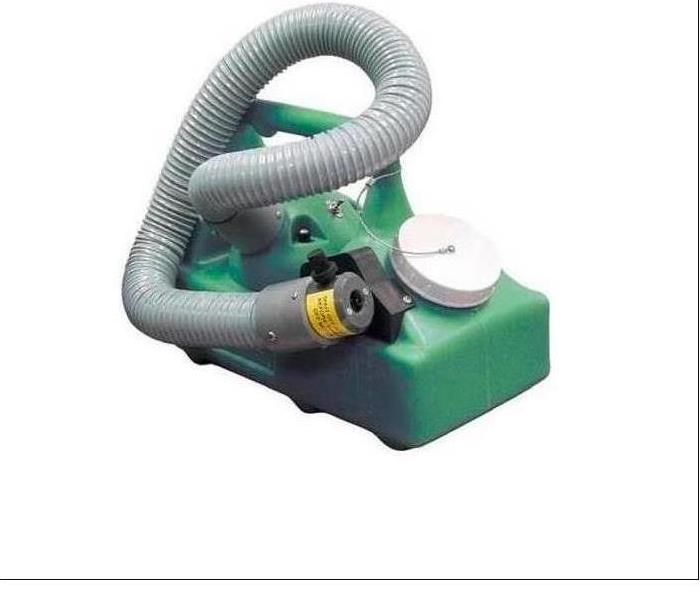 When trying to deodorize the smoke odor in a room, a thermal fogger may be used
When trying to deodorize the smoke odor in a room, a thermal fogger may be used
Below Are Five Methods Commonly Used
Along with the visible damage a fire may do to your Lakeland, FL business, there is also smoke damage to consider. If the smoke cleaning isn’t done right, it may mean years of a lingering odor. Unfortunately, traditional cleaning methods often aren’t enough to get rid of the smell. When you trust the restoration of your business to a fire damage and mitigation company, you can count on the most innovative equipment to be used.
Air Scrubbers
Designed to remove tiny pollutants from the air, scrubbers have a filtration system that takes in air and passes it through a filter, which is typically a HEPA filter. Once it goes throw, clean air is released back into the environment. As the process continues, the clean hair mingles with the smoky air to make it less dense. The speed that it works depends on the initial density, size of the room and ventilation.
Thermal Foggers
When trying to deodorize the smoke odor in a room, a thermal fogger may be used. During the process, a heated deodorizer is sprayed. Since it comes out in the form of fog, it is able to reach areas that traditional cleaning methods would mix. The cleaning mixture surrounds the smoke particles and absorbs them, making it an ideal neutralizing method. When this technique is used, the business will need to be evacuated.
Ozone
Another piece of smoke cleaning equipment used is an ozone generator. Similar to oxygen except it has three atoms instead of two, this colorless gas oxidizes odors. The ozone’s atoms attach to odor molecules to neutralize them. The machine breaks them down, along with odor-causing bacteria, to eradicate the smell.
After a fire, charred items and layers of soot aren’t the only concern. Smoke cleaning is essential to ensure your business is back to “Like it never even happened.”
How Fast Mold Can Grow After a Leak or Flood
5/1/2022 (Permalink)
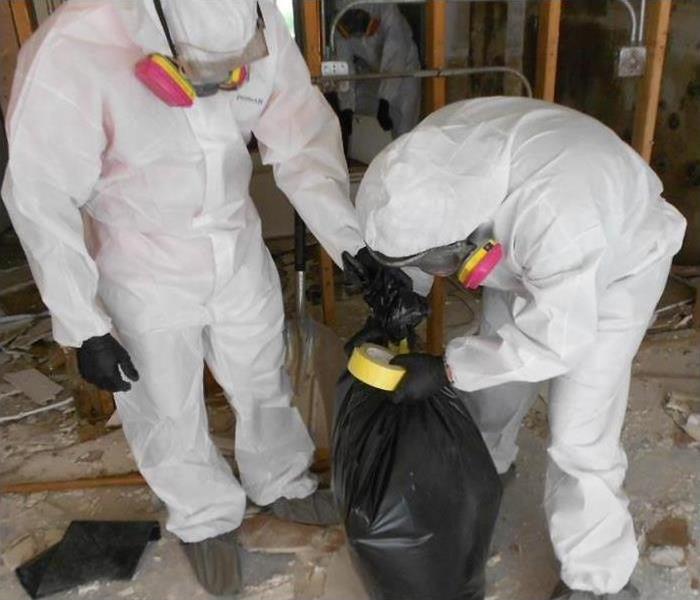 Often mold problems occur when moisture accumulates from very high indoor air humidity. Call SERVPRO when you need it.
Often mold problems occur when moisture accumulates from very high indoor air humidity. Call SERVPRO when you need it.
How Quickly Mold Can Grow Following A Leak Or Flood
Mold spores are microscopic organisms in the air. They can be found almost anywhere. Mold growth is very common after water damage as it is difficult to clean and dry things fast enough. Mold can occur in as little as 24 to 48 hours when mold spores find the right environment. If you suspect your building in Griffin, FL, has become infected with mold, you should conduct a mold inspection.
Where Mold Can Grow
All mold needs to thrive is warm, moist air and some sort of organic material for the spores to digest. Mold can grow on almost any damp porous or pulpy surface:
- Carpet
- Drywall
- Wood
- Ceiling tiles
- Insulation
- Plants
- Cardboard
- Furniture
- Paper
- Books
Mold is often discovered after leaks and floods. It is left behind by water damage that is not cleaned quickly and efficiently enough.
What You Can Do
Addressing any leaks and floods as soon as possible can help mitigate the damage from mold. Invest in a good filtration system to lessen the amount of mold spores in the air. A quality ventilation system could help to expel excess moisture. You could also take proactive steps in mold prevention by using mold-resistant building products. Both mold-resistant drywall and moisture-resistant drywall are excellent options to consider for areas that will frequently be exposed to high humidity such as bathrooms and laundry rooms.
There are different types of paints that contain mold inhibitors.
Either during initial construction or during any process of rebuilding, look into what building products currently exist on the market to help in the prevention of mold. After a water loss like a leak or flood, the focus is often on cleaning and drying what you can immediately see.
Water damage often leads to mold just below the surface of many organic materials. If you suspect mold growth but have not been able to locate it through a self-inspection, consider consulting mold remediation specialists who can use professional equipment to conduct a more intensive search.
3 Tips for Troubleshooting Your Building's Irrigation System
3/21/2022 (Permalink)
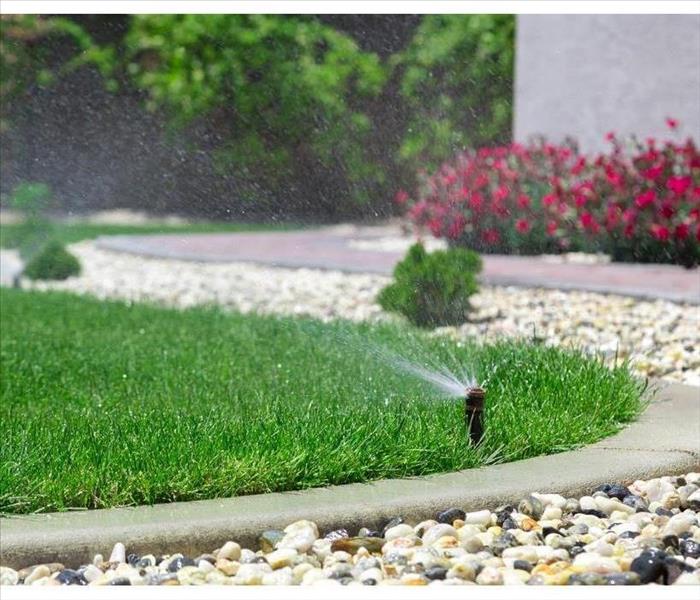 Troubleshooting an irrigation system is simple if you have some knowledge and the assurance that a professional is nearby if any water damage occurs.
Troubleshooting an irrigation system is simple if you have some knowledge and the assurance that a professional is nearby if any water damage occurs.
3 Troubleshooting Tips For Your Building's Irrigation System
Is your building in Dixieland, FL, having troubles with the irrigation system? Whether it's a leaking sprinkler head or one that won't turn on at all, a sprinkler system is a hassle at times. Luckily, there are a few steps to take to troubleshoot your system.
1. Monitor the Symptoms
The best way to begin to diagnose your issue is to observe what is happening in your system. Determine if only a few sprinkler heads aren't working or if it affects a large number of them. Monitor for low water pressure or sputtering heads. Also, keep an eye out for leaks and figure out if the leaks are close or far from the main valve. Having this information ready for when a technician comes helps to expedite the repair process and therefore save you money.
2. Inspect the Area
Some issues might be obvious enough that it's not worth hiring an irrigation system technician. Take time to inspect the heads of your sprinklers and look for any damages or issues. Often, the plastic on the heads is damaged by lawncare or foot traffic. Keep an eye out for any mud or other debris on the heads, too. Both of these issues cause an uneven flow of water.
3. Call a Professional
While irrigation problems are frustrating, a water leak or flood in your lawn or building is a much bigger issue. If you are experiencing any leaks or possible damages, it's best to call in a water damage cleanup and restoration specialist to assess and take care of any issues. A pro uses specialized equipment to detect any hidden moisture, mold, or other issues.
Most experts also have tools designed to dry your property while minimizing any further damages.Troubleshooting an irrigation system is easy with some knowledge under your belt and the reassurance that a professional is near if any water damages occur.
Flood Insurance May Not Be an Option for Your Business
1/31/2022 (Permalink)
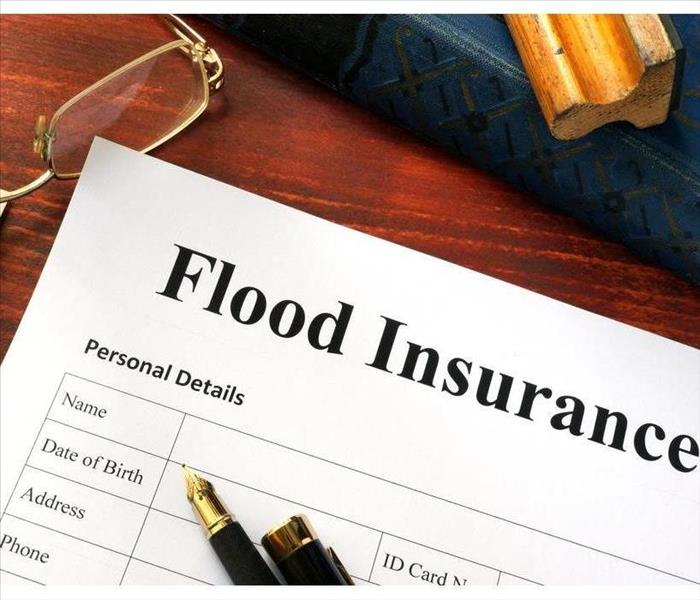 If your business is in a flood zone, the government requires you to have flood insurance. It’s the law.
If your business is in a flood zone, the government requires you to have flood insurance. It’s the law.
Your Business May Not Be Eligible For Flood Insurance.
You read that correctly. Flood insurance may not be an option. In some situations, it is a requirement. Financial institutions, investors and others expect you to protect their investments and property.
They will not leave the insurance decision in your hands. Sometimes, it’s one of the costs of doing business.
Insurance companies distinguish between water damage and floods. Rising water causes flood damage. Typical examples are:
- Overflowing rivers and streams
- Storm surge on large bodies of water
- Local flooding due to heavy rain or blocked storm drains
- Runoff from melting ice and snow
Weather, plumbing and fire sprinklers are common sources of water damage. A standard commercial insurance policy covers the cost of these repairs. It offers no coverage for floods. The following are situations that may require a business to have insurance.
1. The Federal Government funded, backed, or insured a business mortgage. If your business is in a flood zone, the government requires you to have flood insurance. It’s the law. If a flood destroys the business, they want to get paid.
2. Other mortgage lenders may require the insurance. Lenders want to protect their investment as well. They may even want the insurance for businesses near flood zones.
3. Investors may demand insurance. If there is a flood, the investor’s investment is at risk. It is reasonable for them to expect the protection of their investment.
4. Certain customers and vendors may require insurance. A distribution business ships inventory belonging to their customer. Other businesses may hold inventory consigned by a vendor. Both parties may want insurance protection for their inventory.
The Flood Happened and the Damage Is Extensive
That flood insurance sure was a great idea. The water is gone. Now, it’s a race against mold. There are flood and water damage remediation specialists in the Lakeland, FL, area. They can get you back on your feet quickly. Give them a call.
The Emergency Action Plan: Understanding the Basic Principles
1/12/2022 (Permalink)
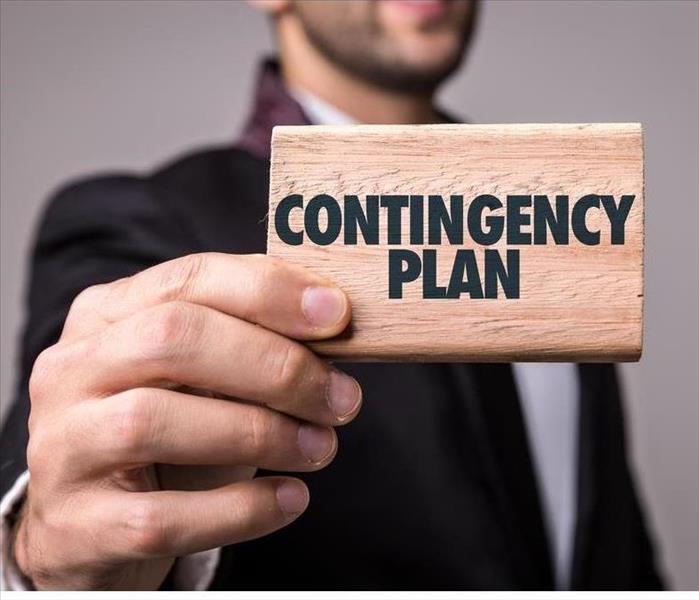 A proper contingency plan in the event of a fire can be the difference between life and death.
A proper contingency plan in the event of a fire can be the difference between life and death.
Understanding The Fundamentals Of An Emergency Action Plan (EAP)
Every business should have a contingency plan, but that doesn’t only refer to whether or not a company succeeds or fails. Emergency planning is also a part of any good contingency. You need to know that your employees are safe and accounted for in the event of a disaster. Therefore, you should understand the basics of an emergency action plan.
1. Make a List of Contacts
Every well-crafted evacuation plan requires a list of contacts. By ensuring contacts are regularly updated, you can keep track of people in a more thorough way. For instance, if your business is evacuated because of a fire, you can double-check counts to your list of contacts, and you can reach out to anyone not accounted for.
2. Designate and Assign Clear Evacuation Routes
An emergency contingency plan should include several exit routes designed to lead outdoors from every point in the building. Additionally, employees should be assigned a route that corresponds to their section of the building. This allows evacuations to happen in an orderly and predictable manner.
3. Design a Way To Account for Employees
You may also want to assign specific floor managers to specific exit routes, making them responsible for counting and verifying everyone assigned to their route. This will make accounting for all personnel easier, and it will allow a small group of managers to interact and check numbers.
4. Know Who Is Responsible for Reporting Fires
You should assign the task of reporting fires to specific people yet encourage others to call as well. By assigning the responsibility, you ensure someone reports the problem, but by encouraging others, you make certain that no one drops the ball.
Beyond reporting fires to emergency services and your insurer, you should keep a disaster restoration specialist in the Lakeland, FL, area on file. These professionals may even set up an emergency plan with you, making the process that much easier.
A proper contingency plan in the event of an emergency can be the difference between life and death. Keep your employees and yourself safe by planning ahead, and seek assistance when and if you need it.
 If you have any questions or are in need of emergency fire cleanup services, don’t hesitate and give our SERVPRO team a call today!
If you have any questions or are in need of emergency fire cleanup services, don’t hesitate and give our SERVPRO team a call today!





 24/7 Emergency Service
24/7 Emergency Service




